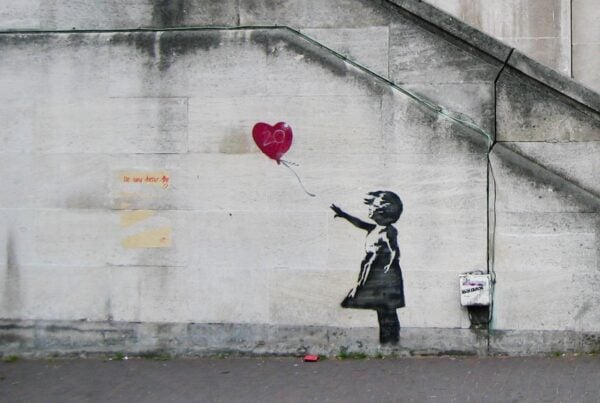Colour has always been one of the most powerful tools in both art and design. It shapes our emotions, defines our preferences, and even influences our decisions — often without us realising it. Whether it’s the hue of a painting that draws us in or the shade of a car that turns our head as it passes by, colour speaks to us on a deeply psychological level.
Table of Contents
The Emotional Language of Colour
Artists have long understood that colour is more than a visual element; it’s an emotional language. Warm tones such as reds, oranges, and yellows evoke feelings of energy and confidence, while cooler shades like blue and green are associated with calmness, balance, and trust. In art, these associations guide how viewers respond to a piece, shaping mood and atmosphere.
Car designers use the same principles, but on a much larger, more public scale. The colour of a vehicle often determines a buyer’s first impression before they even notice its shape or features. A deep metallic red might project passion and performance, while matte black conveys power and sophistication. Pastel tones, now making a comeback, suggest creativity, individuality, and a touch of nostalgia.
How Car Designers Use Colour Psychology
Behind every car colour is a deliberate design decision. Automotive colour specialists spend years researching trends, cultural influences, and emotional responses before finalising a palette. For example:
- White symbolises modernity and purity — it’s clean, minimalist, and timeless.
- Silver represents innovation and technology, often chosen for its futuristic connotations.
- Blue conveys trust and reliability, making it a favourite for family and executive cars alike.
- Green reflects sustainability and a connection to nature, increasingly popular among eco-conscious drivers.
- Red signifies excitement and energy — it’s bold, expressive, and impossible to ignore.
These choices aren’t accidental; they align with how car manufacturers position their models. A performance car might feature a fiery palette, while a luxury saloon opts for understated tones that project class and stability.
The Artistic Parallels
The link between art and car design becomes particularly evident when considering how both disciplines manipulate colour to evoke response. Just as a painter balances contrast and saturation to guide the viewer’s eye, a car designer uses light-reflective finishes, gradients, and surface contours to emphasise form and movement.
The surface of a car body acts like a three-dimensional canvas — curves, reflections, and gloss all play their part in transforming static design into dynamic emotion. When you see a certain car and think, “That looks beautiful,” you’re responding to a harmony of proportion, colour, and light that’s been carefully composed, just like a work of art.
The Modern Movement: Personal Expression through Colour
In recent years, car buyers have started moving away from conventional shades and towards more expressive choices. This mirrors trends in contemporary art and design, where individuality and personal storytelling have taken centre stage. Custom wraps, limited-edition tones, and textured finishes allow drivers to express identity in the same way artists use medium and colour to define their voice.
For many creatives, a car isn’t just transport — it’s an extension of their aesthetic sensibility. Choosing the right colour becomes a statement about who they are and how they want to be perceived, both on the road and in life.
Where Design Meets Decision
Just as artists carefully select pigments for emotional effect, car buyers instinctively respond to hues that align with their personality. Whether you gravitate towards bold contrasts or subtle gradients, your choice says something about your approach to design and the world around you.
If you’re thinking about how colour reflects your personality in both your work and your everyday choices, it might be worth considering how that translates to your next car. Exploring models and colour options has never been easier — Carboom.co.uk offers a straightforward way to compare vehicles and find the one that matches your aesthetic vision as well as your lifestyle.








